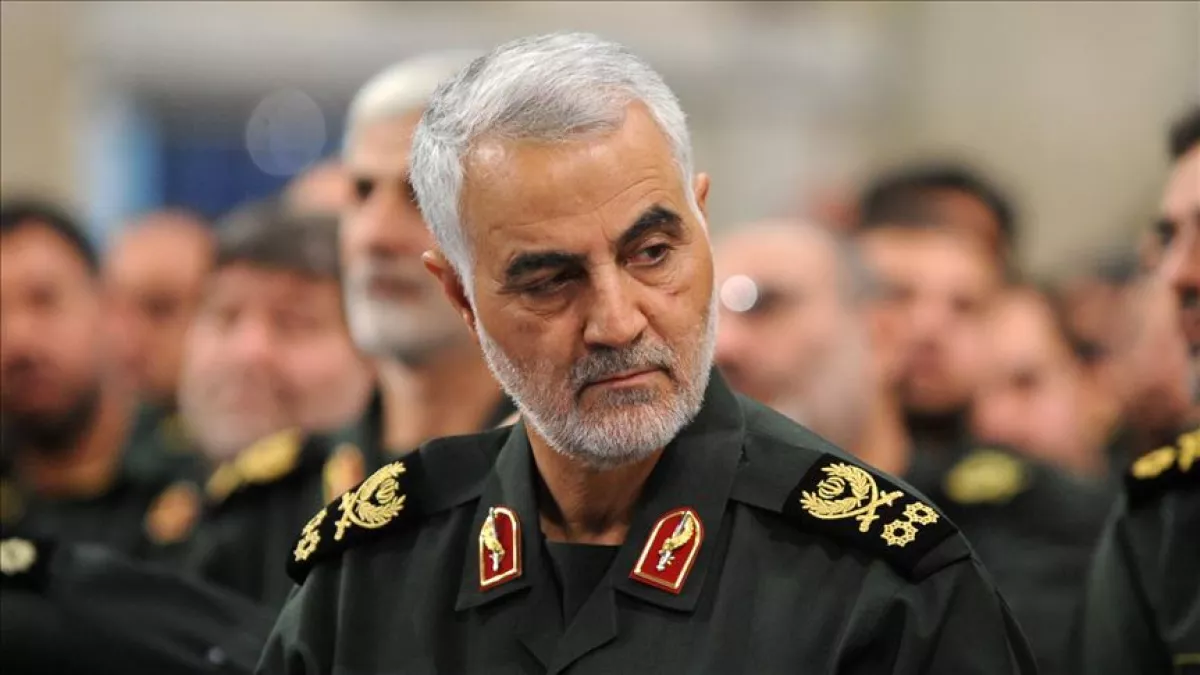Could Iran's current vulnerability open new doors for ISIS?
As the unexpected ceasefire between Iran and Israel seemingly takes hold, though on shaky grounds, the looming threat of ISIS resurfaces, particularly as Iran reels from internal and external security challenges. The Islamic State (ISIS), long an adversary of Tehran, operates both east and west of the country and has increased activity inside Iran, including the deadly January 2024 attack—the most lethal in Iran’s post-revolutionary history.
Just before Israel launched its latest large-scale offensive, Iranian officials announced they had arrested 13 alleged ISIS members in three cities and executed nine others accused of plotting attacks. With Iran's security forces weakened by near-daily Israeli strikes on military sites and institutions, ISIS—known for exploiting chaos—now has an opening.
Amid this unrest, US President Donald Trump has made statements mixing promises of peace with veiled threats of regime change in Iran. One of his former top generals, Joseph Votel, voiced concerns about the fallout of a weakened Iran.
“We should pay attention to this in our policy discussions,” Votel, former US CENTCOM chief, told Newsweek publication. He warned that militant groups like ISIS and Al-Qaeda are “opportunistic by nature,” adding, “They will often take advantage of voids created by a lack of governance, disenfranchisement, unemployment, lack of opportunity, and social and economic disparity to develop inroads with vulnerable populations.”
"How successfully they can do this in Iran is a matter to be watched," Votel continued. "The state still controls the population, but the degradation of control will provide them with operating space in the long term, either to co-opt the population or to further utilize the area as a sanctuary for their planning and operations."
ISIS has deep roots in the aftermath of US military intervention. Originating as Al-Qaeda in Iraq, the group emerged following the 2003 US-led invasion that overthrew Saddam Hussein. Though Tehran had opposed Saddam, his removal destabilized the region, enabling the rise of extremist factions like ISIS.
In his June 23 speech announcing US airstrikes on Iran’s nuclear facilities, Trump blamed Iran for the deaths of up to 1,000 US soldiers, particularly targeting slain IRGC Quds Force commander Major General Qassem Soleimani—killed by a US drone strike in January 2020.

While ISIS and Iran are mortal enemies, they were both involved in the fight to defeat the jihadist group’s 2014 rise. The US led a coalition that supported local forces across Iraq and Syria, while Iran backed proxy militias, some of which stoked sectarian tensions.
That same network of militias—often referred to as the “Axis of Resistance,” stretching from Lebanon to Pakistan—is now severely weakened after taking heavy losses in the recent Israel-Gaza war, which began in October 2023 after a Hamas-led attack on Israel.
This power vacuum has raised alarms among analysts. Kamran Bokhari of the New Lines Institute told Newsweek, “Nature abhors a vacuum. If the Iranian state weakens and its ability to maintain domestic security weakens, this opens up opportunities for ISIS.”
He added, “It’s kind of ironic that right now the United States is fighting the other end of the geo-sectarian spectrum,” noting that while Trump declared victory over ISIS in 2019, he is now confronting Iran. Bokhari continued, “You weaken the Shiites and Iran, and that empowers ISIS and the likes, and vice versa.”
ISIS is already exploiting opportunities in its former heartlands. On June 22, the group claimed responsibility for a deadly church bombing in Damascus—the most significant ISIS attack in Syria since the ousting of Bashar al-Assad by a coalition of Islamist rebels.
Syria’s new government, led by a former jihadist-turned-president Ahmad al-Sharaa, has vowed to continue fighting ISIS. Meanwhile, Iraq’s future is even more uncertain. “Iraq is not really a state,” Bokhari said. “It’s sort of held together very precariously... If this doesn’t remain sort of the vassal state of the Iranians, then we can see how ISIS could emerge from both sides.”
In the east, Afghanistan has become a new hub of ISIS activity. The group’s local branch, ISIS-K (or ISKP), established a stronghold amid the US-Taliban war. Despite Taliban vows to eliminate them, ISKP continues to carry out deadly attacks across the region—including the January 2024 bombing that killed over 100 people in Iran and the March 2024 concert massacre in Moscow that left 145 dead.
That attack was linked to Tajik nationals, highlighting ISIS’s ongoing recruitment in Central Asia. In Iran, the risk is amplified by ethnic unrest, with Kurdish and Baloch groups allegedly tied to ISIS.
“There will be no shortage of separatists looking to take advantage of the weakness of the Iranian regime,” said Colin Clarke of The Soufan Center. “So it’s possible that ISKP could cooperate with these groups to conduct joint operations, or simply exchange weapons, know-how, or other tactics, techniques, and procedures (TTPs).”
By Nazrin Sadigova








